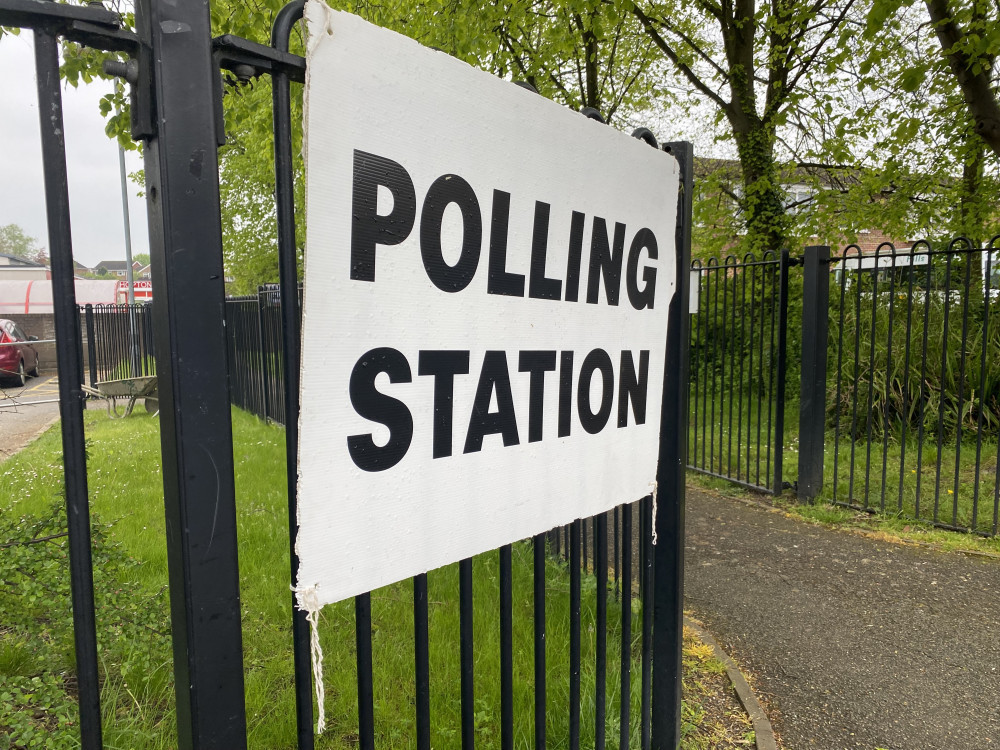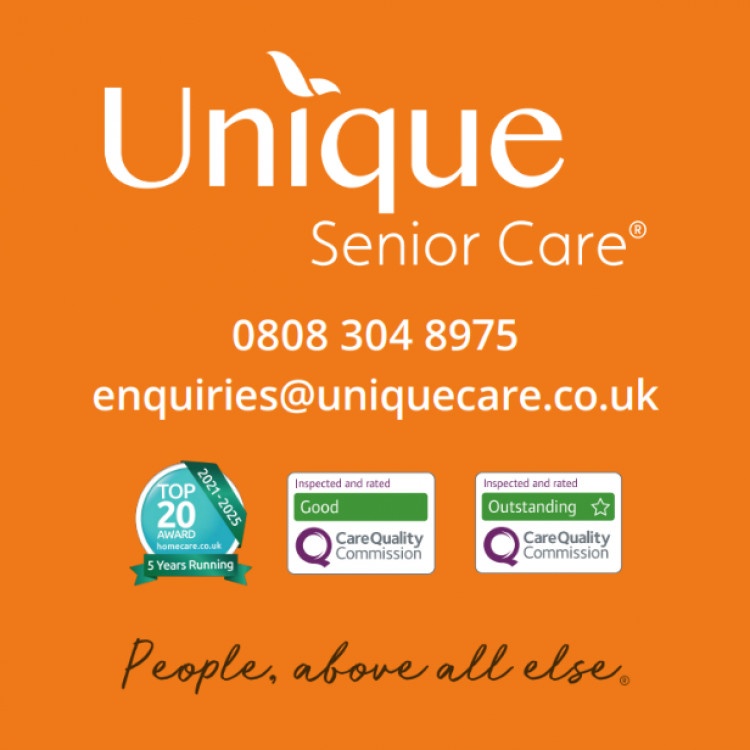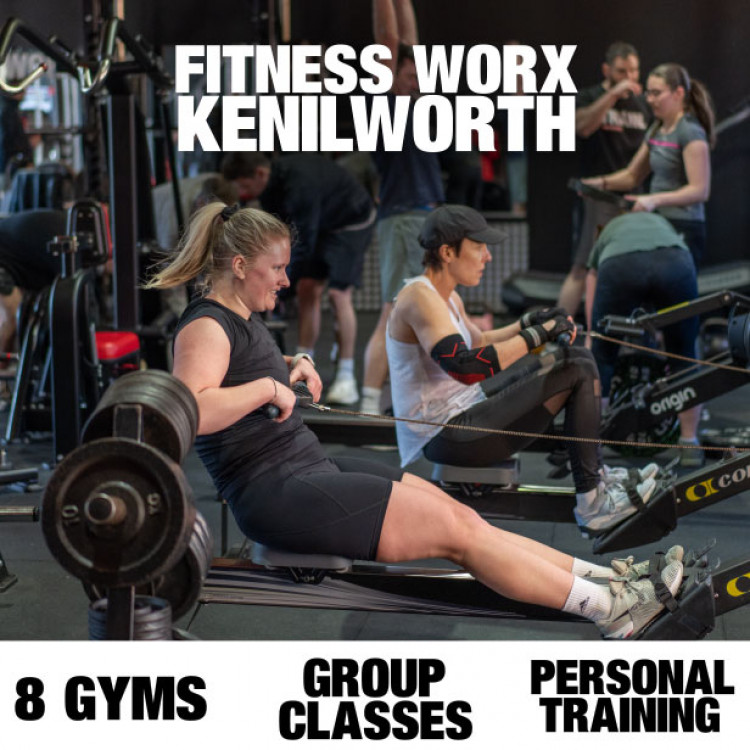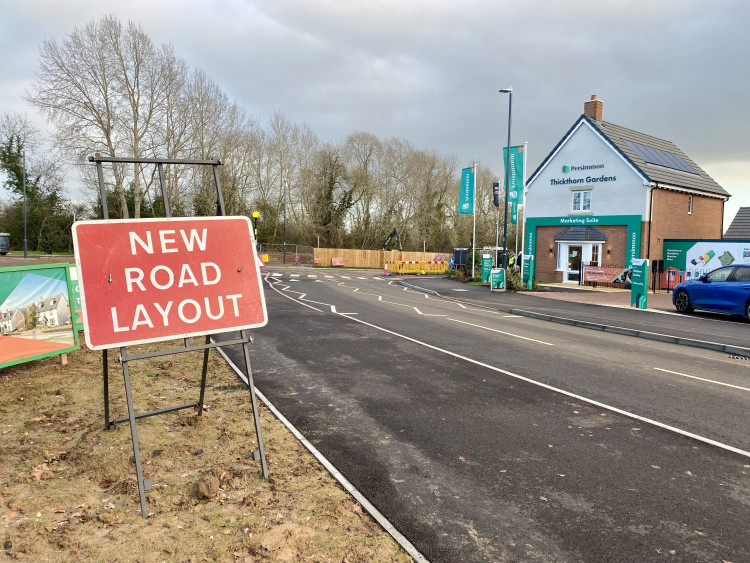Complete guide to this week's Warwickshire County Council elections
By James Smith 30th Apr 2025
By James Smith 30th Apr 2025

Thousands of Warwickshire people will head to their local polling stations on Thursday (May 1) to pick county councillors to represent their areas.
Here is your guide to what is happening and why you should get involved.
And head to the news section to find our roundups of all the local candidates standing for Warwickshire County Council.
Who am I voting for?
Various political parties have put up candidates, alongside independents in some areas, to represent the 57 county council wards across Warwickshire.
The candidate with the most votes – they could get in by one vote, they might win by 1,000 – will then represent your patch when Warwickshire County Council takes policy decisions over the next few years.
They will also be your port of call in relation to county council services, and perhaps other services too.
What am I voting for?
While a series of national issues colour the debates ahead of local elections, remember that you are picking a person to help handle locally-led services and stand up for your interests.
County councils take care of the bigger ticket local services, the mandatory ones that residents rely on day in, day out.
They include social services and care for adults and children, education, including special educational needs and disabilities (SEND), and these are among the costlier elements of what the county provides.
Alongside these are the non-essential (legally, at least) elements that still have a huge bearing on day-to-day life in Warwickshire – highways probably topping the bill, how they run, where new roads should go, support for public transport and options for new infrastructure.
Other bits that have been in the public eye recently include libraries and country parks. Again, they aren't things that the county must deliver on but taxpayers expect them to be protected.
One of the biggest things the county does each year is set the budget ahead of the new financial year each February. Every party agrees that local government finances are being squeezed so the battle between the legally required services and those that the county does not have to provide has never been more fierce.
In Warwickshire specifically, the county council runs the fire and rescue service, while county councillors also provide oversight of so many other things through scrutiny panels that oversee the work of council departments and related services.
They cannot tell outside bodies what to do but can call them in to ask questions and make the public's feelings known on policing, health services and private companies like water boards and bus operators – the people you pick become your voice to these organisations.
County councillors are not responsible for district or borough services like waste collection, housing and planning but sometimes get involved or can signpost you to the right place.
People have been canvassing and I've had leaflets with party logos – how do they decide who takes charge?
The 57 areas each have one seat on the council and each party would like to accumulate a majority of seats, enabling it to take charge.
The biggest decisions get taken at meetings of full council, where all councillors should be present, so it is not simply a case of getting the most seats – if a party has more than any other but less than half, other parties can club together to vote down policies and decisions that they do not like, stopping them from getting through.
That means the magic number is 29, slightly above half.
Administrations – the collective body of councillors in charge – are sometimes formed with slightly less than half but rarely if they are way short of what is required.
A tight majority still means those in charge must listen to the others as you cannot always guarantee that everyone in your party will support every policy – say there is a controversial cutback to a liked service on a councillor's patch, they may feel unable to support their party because it is not what their residents want.
The bigger the majority a party has, the easier it is to get decisions through.
What is the state of play now?
The Conservatives are in charge with a big majority.
They have 41 seats (it was 42 until Councillor Wallace Redford chose to become an independent) with Labour next with six.
It means decision making at Shire Hall has been pretty clearcut over the past four years.
See our in-depth feature on the last WCC elections here.
Is that likely to change?
Recent district and borough elections and the national political picture suggest that it is.
While the bigger parties will naturally talk about wanting to achieve a majority, the truth is many are expecting a hung council – one where no party has enough seats to command a majority.
Polling done by Electoral Calculus in March this year anticipates that the Conservatives will just about remain the biggest party but with big losses, down to 18 seats, and that the surge of Reform UK will see them claim as many as 16.
The Liberal Democrats were predicted to get 11, Labour eight, the Green Party three with one going to an independent.
Like last year's general election, the presence of Reform makes things very unpredictable. Will they gather enough votes to power through in certain areas, or lots of them? Or will they get a chunky vote share in a lot of areas that skews results?
The Conservatives lost many seats to Labour in the general election as a result of votes being split between Tories and Reform. It remains to be seen whether other parties, including the Lib Dems, will slip through the middle of any similar gaps this time.
And if there is no majority?
The likeliest outcome is that the biggest party will get the first crack at joining forces – formally or informally – with another party.
That could take the shape of a formal coalition, a binding pact where policy priorities are merged and the two parties involved get elements of what they want.
It could work less formally, like at Rugby Borough Council where there is a confidence and supply arrangement between Labour and the Lib Dems. This means that the Lib Dems generally vote with Labour to get things through via compromise and prior arrangements, but without feeling obliged to if there are significant differences over policy.
They are quite similar solutions in many ways and their success (or otherwise) is dependent on the influence of the national party but mainly on the relationships between the local leaders.
That is why picking the right people is as important as picking the right party in this election – particularly this time when it looks so tight and unpredictable.
How do I vote?
You should have had a polling card through the post telling you where to go but if not, visit the elections page on your district or borough council website (they handle elections for the county). You will find the list of candidates for your area there too.
Polling stations open at 7am on Thursday, May 1, and close at 10pm. The counts then take place during the day on Friday, May 2, with the results announced as they drop in.
And don't forget…
You don't need a polling card to vote but you will need photo identification.
Passports and either full or provisional driving licences are accepted. If you have neither of those, check the full list of what else is accepted on the Electoral Commission's website.
CHECK OUT OUR Jobs Section HERE!
kenilworth vacancies updated hourly!
Click here to see more: kenilworth jobs
Share:



























